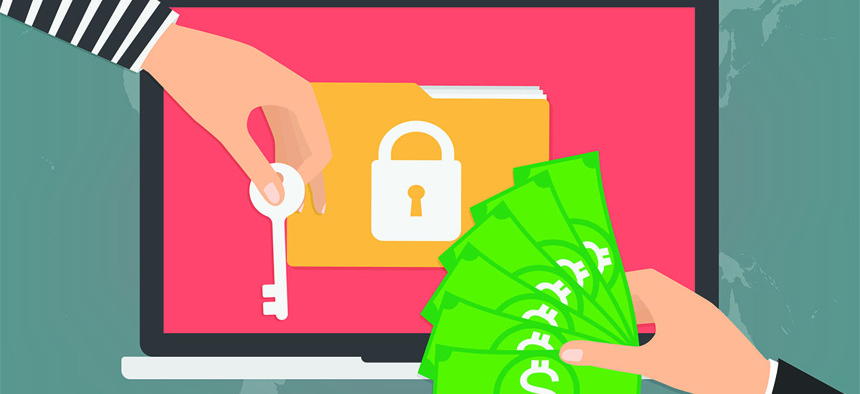A Rising Trend in Hacking: Locking Your Files and Charging You to Get Them Back

Nicescene/Shutterstock.com
A report identified 638.2 million unique ransomware attempts in 2016.
Ransomware attacks, in which hackers hold hostage the files on their victims’ computers, are on the rise. A new report found that each quarter in 2016 saw a significant increase in the number of attacks:
“It would be inaccurate to say the threat landscape either diminished or expanded in 2016,” according to the report, which was released last week by SonicWall, a cybersecurity firm. “Rather, it appears to have evolved and shifted.”
The report identified 638.2 million unique ransomware attempts in 2016, up more than 16,000% from 3.8 million in 2015. The company used several methods to gather the numbers, including “honeypot” servers set up to detect attacks, and information from “more than 50 industry collaboration groups and research organizations.”
In a ransomware attack, the hackers gain access to the victim’s computer and encrypt its files. The hackers then charge the victim to decrypt the files, which only they can do.
Throughout 2016, ransomware attacks made news by forcing money out of private and public organizations, including a hospital in Los Angeles and the public transportation system in San Francisco. Once they’ve infected a system, hackers typically demand payment via anonymous bitcoin.
| Date | Incident | Payment |
|---|---|---|
| February 2016 | Hollywood Presbyterian Medical Center | $17,000 |
| April 2016 | Lansing Board of Water & Light | $25,000 |
| September 2016 | VESK cloud services | $22,800 |
| November 2016 | San Francisco Transit Authority | $73,000 |
These kinds of attacks appear to be a more direct route to hard cash than traditional malware, which is still the most common form of attack by far. And SonicWall discovered fewer new unique malware versions in 2016 (60 million) than it did in 2015 (64 million)–a decline of 6.3%.
Meanwhile, ransomware attacks show no signs of slowing in 2017. Hackers have so far demanded $35,000 from St. Louis libraries, an undisclosed amount from an Illinois police station, and wreaked havoc on 28,000 database servers, among other attacks.
NEXT STORY: Worries over Trump's smartphone continue





